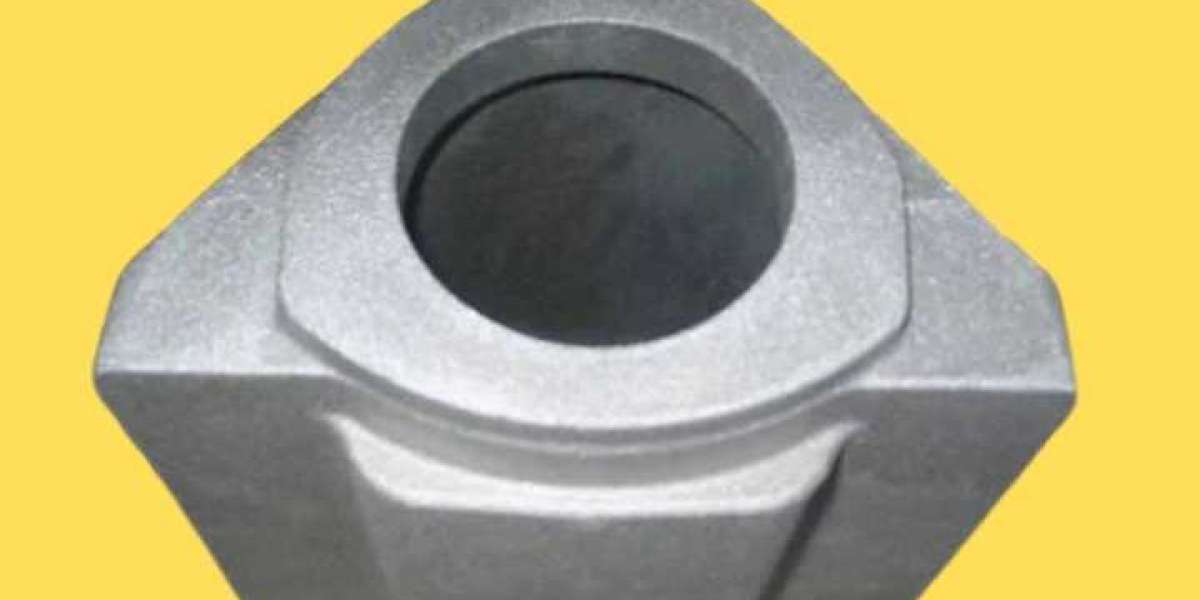White cast iron, known for its exceptional hardness, wear resistance, and strength, is a remarkable material with various industrial applications. Understanding its composition, properties, and uses is crucial for engineers, metallurgists, and manufacturers alike. In this guide, we delve into the intricacies of white cast irons to unveil their significance and potential.
Composition and Structure: White cast irons derive their unique properties from their high carbon content, typically ranging from 2.5% to 4%. This high carbon concentration promotes the formation of cementite, a hard and brittle phase within the microstructure. Unlike gray cast iron, which has graphite flakes, white cast iron lacks graphite, resulting in a bright white fracture surface.
Properties:
- Hardness: White cast irons exhibit exceptional hardness, making them suitable for applications requiring resistance to wear and abrasion. With a hardness range of 450 to 700 Brinell, they surpass other types of cast iron and even some steels in this aspect.
- Wear Resistance: The absence of graphite flakes enhances the wear resistance of white cast irons, making them ideal for components subjected to severe abrasion, such as grinding balls, mill liners, and crusher parts.
- Strength: Despite their brittleness, white cast irons possess considerable compressive strength, enabling them to withstand heavy loads and impact forces. However, their low toughness limits their suitability for applications involving sudden shocks or dynamic loads.
- Heat Resistance: White cast irons retain their hardness and strength even at elevated temperatures, making them suitable for high-temperature applications like furnace grates and rolls.
Applications:
- Mining and Mineral Processing: White cast irons find extensive use in mining and mineral processing equipment due to their superior wear resistance. They are employed in grinding media, crushers, and dredge pump components.
- Power Generation: Components subjected to abrasive wear in power generation plants, such as coal pulverizers, ash handling systems, and boiler grates, benefit from the use of white cast irons.
- Manufacturing Machinery: White cast iron parts are integral to various manufacturing processes, including metal forming and shaping equipment like dies, punches, and extrusion tools.
- Oil and Gas Industry: Valves, pumps, and drilling equipment in the oil and gas sector often incorporate white cast iron components to withstand the harsh operating conditions encountered in exploration and extraction operations.
Conclusion: White cast irons represent a vital class of engineering materials renowned for their unparalleled hardness, wear resistance, and strength. While their brittleness imposes limitations on certain applications, their exceptional performance in abrasive environments makes them indispensable in numerous industries. Understanding the composition, properties, and applications of white cast irons empowers engineers and manufacturers to leverage their unique attributes effectively, contributing to enhanced durability and efficiency in various industrial processes.


